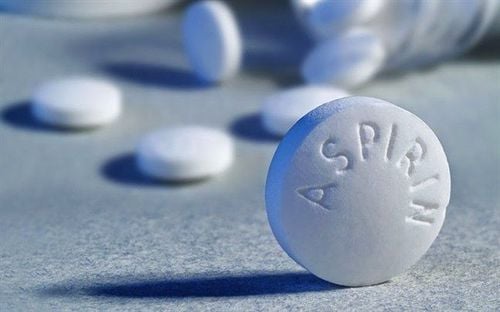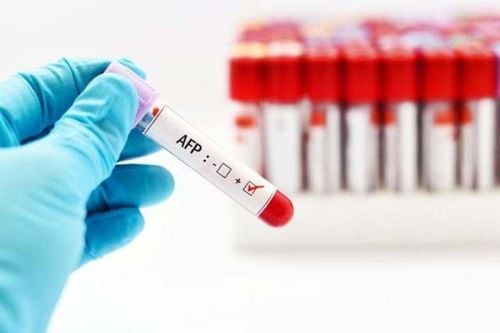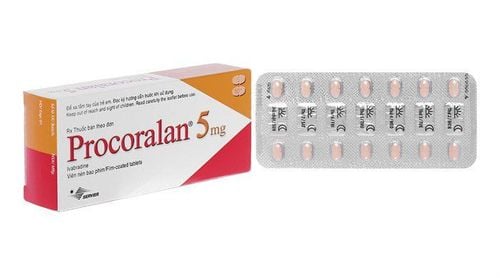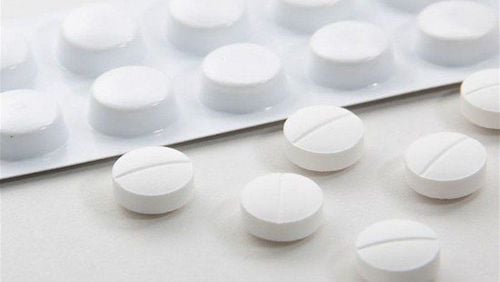This is an automatically translated article.
Posted by Master, Doctor Tran Quynh Trang - Laboratory Department - Vinmec Times City International HospitalThe hs-CRP test is used to measure reactive protein in the acute phase. This biomarker is associated with increased rates of cardiovascular events as well as increased blood pressure, arterial stiffness, and plaque rupture.
1. Overview
Although there has been an improvement in general health care in developed and developing countries, cardiovascular diseases are still the main cause of death worldwide today.By 2030, it is estimated that more than 23.3 million people worldwide will die from cardiovascular complications. Statistics show that the rate of coronary heart disease (CHD) will increase by 160% in middle/low income countries in the Middle East and North Africa.
Cardiovascular diseases, in which ischemic heart disease (IHD) and stroke are considered the leading causes of great economic burden, affecting patients' quality of life. The burden of CVDs (Cardiovascular disease) has been predicted to increase from 47% to 60% by 2030. In Europe, annual expenditure on CVDs is estimated at €169 billion.
Several risk factors including family history, hypertension (Hypertension HTN), type 2 diabetes mellitus (DM), smoking and dyslipidemia have been shown to be causes. on the pathophysiology of CVDs. However, now that these factors cannot account for all cardiovascular events, several new risk factors have been proposed, including inflammatory markers of concern.
2. Testing for hs-CRP and cardiovascular disease
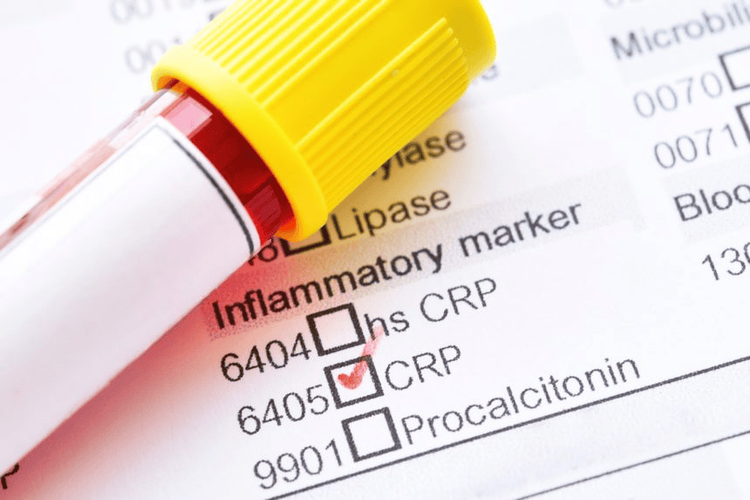
C-reactive protein (hs-CRP) is an acute phase-reactive protein, produced mainly in the liver, in addition to coronary smooth muscle cells. Studies have shown that the pathophysiological role of hs-CRP in cardiovascular diseases is largely due to the onset and development of atherosclerotic lesions, inducing insulin resistance in patients with type 2 diabetes, and increasing possibility of atherosclerotic plaque rupture.
The hs-CRP test is used to measure reactive protein in the acute phase. This biomarker is associated with increased rates of cardiovascular events as well as increased blood pressure, arterial stiffness, and plaque rupture.
When studying the predictive role of hs-CRP levels in cardiovascular diseases in different Iranian populations, Pooya Koosha et al (Published online 2020 Feb 6) found that the hs biomarker -CRP is associated with a higher incidence of cardiovascular disease. Hs-CRP helps predict cardiovascular disease in hypertensive and diabetic patients. In addition, for patients with lipid abnormalities or smoking history, the hs-CRP test is also very helpful in predicting cardiovascular disease risk.
The hs-CRP test provides additional prognostic value for all cholesterol levels, Framingham coronary risk score, metabolic syndrome severity, and blood pressure. hsCRP levels below 1.1 to 3 and greater than 3 mg/L are associated with lower, moderate, and higher cardiovascular risks, respectively.
As recommended by the CDC/AHA, the hsCRP threshold points have the following reference values:
| Nồng độ hs CRP (mg/L) | Nguy cơ tương đối |
| < 1.0 | Thấp |
| 1.0 – 3.0 | Trung bình |
| >3.0 | Cao |
3. When is the hs-CRP Test performed?
According to the American Heart Association, hs-CRP testing may be ordered in men 50 years of age and younger and women 60 years of age and younger at average risk.When using hs-CRP for coronary heart disease risk assessment, measurement should be performed in metabolically stable patients and compared with previous values.
Average of hs-CRP results repeated every 2 weeks should be used for risk assessment. Measurements must be compared with previous values. When the results are used for risk assessment, patients with unexplained persistent hsCRP levels above 10 mg/L (95.2 nmol/L) should be evaluated for a non-cardiovascular etiology. Testing should not be performed for any risk assessment in the presence of signs of infection, systemic inflammation, or trauma.
In addition, there have been many studies on the relationship between hs-CRP and other risk factors such as diabetes, smoking, cancer... In a cross-sectional study including 822 men and In 1,097 women in Japan, an association was observed between fasting blood glucose levels and hs-CRP. hs-CRP levels gradually increase when fasting blood glucose levels are higher between 90 mg/dL (5.0 mmol/L) and 125 mg/dL (6.9 mmol/L) or known diabetes. An association between increased hs-CRP levels and worsening of insulin resistance was also reported in a study in South Asia (India).
For smokers, a cross-sectional survey of 1,172 healthy men in the United States found that CRP levels increased step-wise for never-smoker patients who had been smokers. smokers and current smokers, with geometric mean values of 1.0 ± 2.5, 1.3 ± 2.5, and 2.0 ± 2.7 mg/L, (p <0.001 ).
Therefore, to be able to contribute to reducing hs-CRP levels, each person should follow a healthy lifestyle such as: Exercise regularly, lose weight, control blood pressure and quit smoking.

Please dial HOTLINE for more information or register for an appointment HERE. Download MyVinmec app to make appointments faster and to manage your bookings easily.
References:Leal J, Luengo-Fernández R, Gray A, et al. Economic burden of cardiovascular diseases in the enlarged European Union. Eur Heart J. 2006; 27:1610–9. DOI: 10.1093/eurheartj/ehi733 [PubMed] [CrossRef] [Google Scholar] Talaei M, Oveisgharan S, Rabiei K, et al. The cumulative incidence of conventional risk factors of cardiovascular disease and their population attributable risk in an Iranian population: The Isfahan Cohort Study. Adv Biomed Res. 2014; 3: 242 DOI: 10.4103/2277-9175.145749 [PMC free article] [PubMed] [CrossRef] [Google Scholar]. Talaei M, Oveisgharan S, Rabiei K, et al. The cumulative incidence of conventional risk factors of cardiovascular disease and their population attributable risk in an Iranian population: The Isfahan Cohort Study. Adv Biomed Res. 2014; 3: 242 DOI: 10.4103/2277-9175.145749 [PMC free article] [PubMed] [CrossRef] [Google Scholar]. Rubinstein AL, Irazola VE, Poggio R, et al. Detection and follow-up of cardiovascular disease and risk factors in the Southern Cone of Latin America: The CESCAS I study. BMJ Open. 2011; 1: 1–6. DOI: 10.1136/bmjopen-2011-000126 [PMC free article] [PubMed] [CrossRef] [Google Scholar] Pearson TA, Mensah GA, Alexander RW, et al. Markers of Inflammation and Cardiovascular Disease. Application to Clinical and Public Health Practice. A Statement for Healthcare Professionals From the Centers for Disease Control and Prevention and the American Heart Association. Circulation 2003;107:499-511 Kawamoto R, Tabara Y, Kohara K, Miki T, Kusunoki T, Takayama S, et al. Association between fasting plasma glucose and high-sensitivity C-reactive protein: gender differences in a Japanese community-dwelling population. Cardiovasc Diabetol. 2011;10:51, 10.1186/1475-2840-10-51






